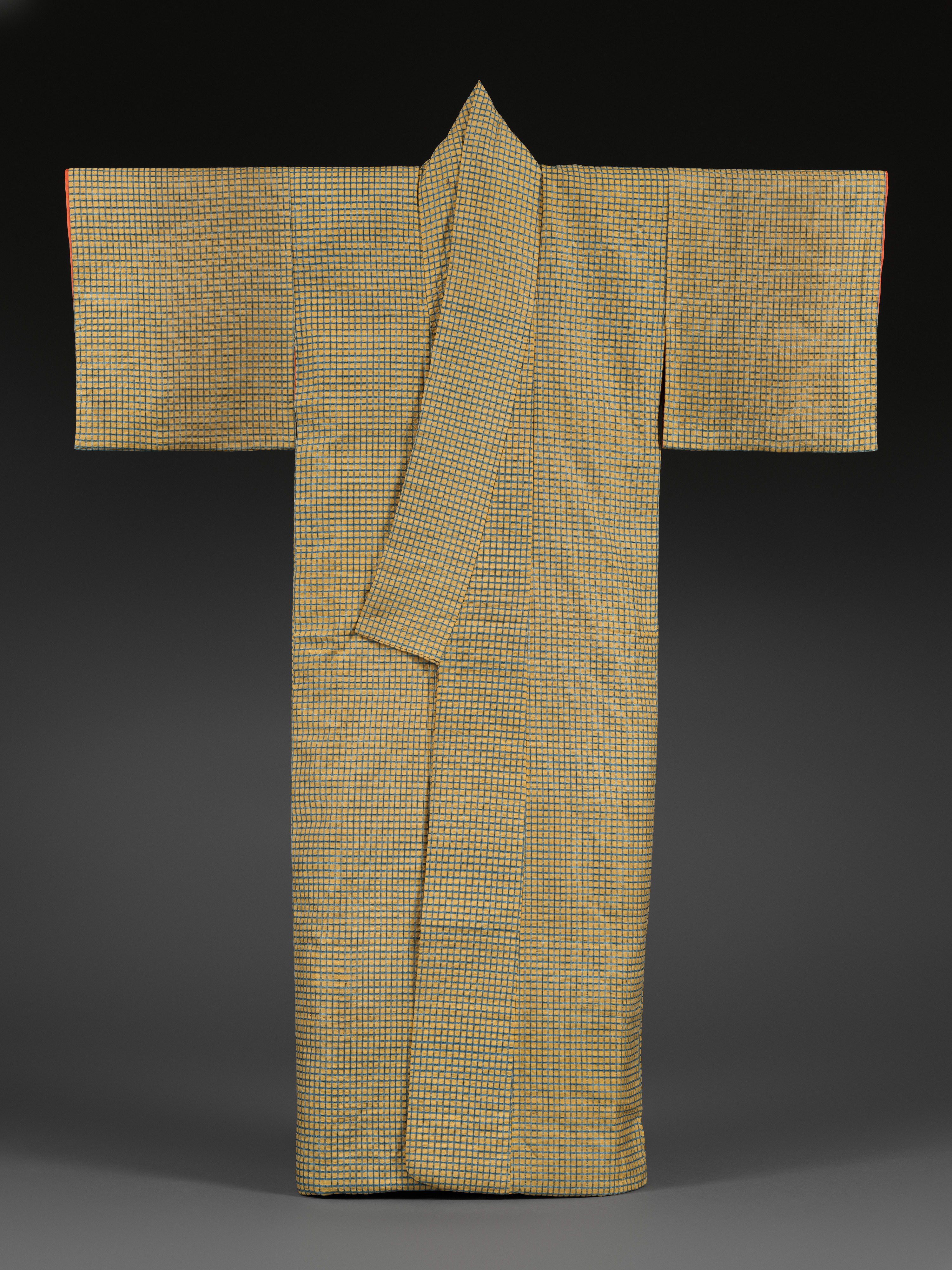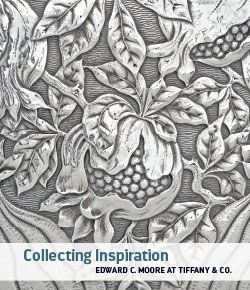Kimono (Shijira)
Not on view
Kimono designs in the early Meiji period were typically subdued. The fabric employed for this example—Awa shijira-ori, distinguished by a peculiar crinkled, crepelike texture (shibo)—is ideal for making casual summertime kimonos. The combination of a dense plain-weave structure with a looser one results in an uneven tension that produces the characteristic surface. First produced in Tokushima Prefecture during the early Meiji period, the textile revived an earlier weaving tradition appreciated in tea culture. Despite the simple checkered or lattice pattern here, the juxtaposition of mustard yellow with indigo blue creates a sense of animation. With his keen interest in unique surface textures and geometric patterns, this kimono must have immediately caught Moore’s eye.
Due to rights restrictions, this image cannot be enlarged, viewed at full screen, or downloaded.
This artwork is meant to be viewed from right to left. Scroll left to view more.




